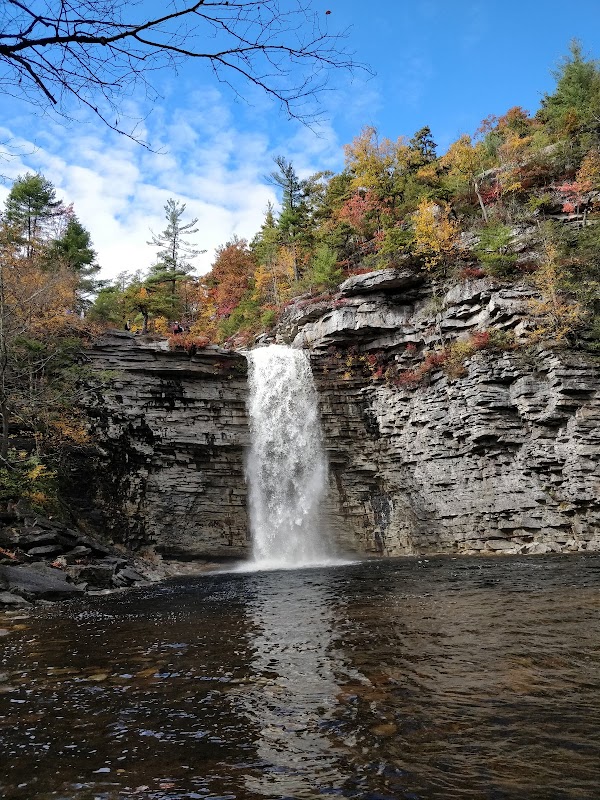
Summer Coastal Cleanup Day: A Hands-On Adventure in Shirley, New York
Join Summer Coastal Cleanup Day in Shirley, New York, to experience a unique coastal adventure where environmental stewardship and hands-on engagement meet. This event offers a practical way to explore the varied shoreline while making a direct impact on local ecosystems.
Wear Sturdy, Closed-toe Footwear
The coastline includes sandy stretches, driftwood, and rocky areas that can be uneven or slippery. Good footwear prevents injuries and offers firm footing during the cleanup.
Hydrate Early and Often
Summer sun and coastal breeze can be deceptively dehydrating. Bring a refillable water bottle and drink before you feel thirsty to maintain energy throughout the event.
Arrive Early to Beat the Heat
Starting early in the morning takes advantage of cooler temperatures and low tide, making it easier to access more of the beach for cleanup activities.
Dress for Sun Protection
Long sleeves, hats, and sunscreen shield you from UV rays during extended outdoor hours without shade. Lightweight fabrics help keep you cool while protecting skin.
Summer Coastal Cleanup Day: A Hands-On Adventure in Shirley, New York
Summer Coastal Cleanup Day in Shirley, New York, invites adventurers and locals alike to step into the dynamic rhythms of the Long Island shoreline. This event combines the thrill of outdoor exploration with purposeful action, offering a chance to engage directly with a coastline that challenges you to respect its power and fragility. The cleanup stretches across a varied coastal landscape—sandy beaches that hold the ocean’s whispers, rocky outcrops daring you to tread carefully, and salt marshes that ripple with hidden life.
The route spans approximately 3 miles along the Smith Point barrier beach and adjacent shoreline areas, with a mostly flat terrain but occasional uneven sand dunes and driftwood obstacles that test balance and awareness. Expect patches where the tide’s push shifts the footing beneath, reminding you the coast is not a quiet place but a force assertive and alive. The sea breeze carries salt and seaweed, the sharp tang occasionally softened by bird calls and the distant clap of waves. Coastal grasses sway, their movement small but insistent under the summer sun.
Participants are encouraged to arrive hydrated and sun-protected—light, moisture-wicking clothing paired with sturdy footwear suitable for sandy, sometimes slippery surfaces are musts. Gloves and trash bags are supplied, but bringing your own reusable water bottle and a packed snack is wise, since the event generally lasts 3-4 hours. Early morning starts help beat the heat and catch the beach at its calmest, while maximizing time before the tide pushes back in.
Beyond the physical engagement, the cleanup offers insight into local marine debris issues and the subtle interplay of ocean currents with shore ecosystems. You’ll find that each piece of litter removed contributes to restoring a vibrant, living environment where shorebirds nest and estuaries support fish nurseries. It’s an active partnership with a coastline fiercely itself—demanding respect through care.
Afterward, participants often report a changed perspective—not just on the landscape but on their role within it. Shirley’s coastal cleanup means more than just tidying a beach; it’s an invitation to connect directly, challenge complacency, and leave a tangible positive footprint where earth meets ocean.
Nearby Trips
All Adventures
Boat Charters
Water Activities
Adventures near Shirley, New York
Discover the unique and memorable adventures that make Shirley, New York special.
Frequently Asked Questions
Where exactly does the Summer Coastal Cleanup Day take place in Shirley?
The event centers around the Smith Point barrier beach and the adjacent shoreline areas along the Long Island south shore. It's a 3-mile stretch accessible from designated parking areas near Smith Point County Park.
Are there any tide restrictions to be aware of during the cleanup?
Yes, low tide is ideal for accessing more beach area and easing clean-up efforts. Organizers schedule activities to coincide with tide charts, but participants should still remain mindful of shifting waters and never turn their back on the ocean.
What kinds of wildlife might I encounter during the cleanup?
Expect shorebirds like gulls, terns, and occasionally piping plovers during nesting season. Salt marshes nearby support fiddler crabs and muskrats. Keep a respectful distance to avoid disturbance.
Is this event suitable for families with young children?
Yes, the cleanup is family-friendly and often includes educational elements to engage younger participants. However, supervision is essential due to uneven terrain and sharp debris.
Are tools and bags provided for garbage collection?
Organizers typically supply gloves, trash bags, and some hand tools for debris removal. Bringing your own gloves and water bottle is recommended to ensure comfort and preparedness.
Can I participate if I have limited mobility?
While the terrain is mostly flat, sandy and uneven patches can challenge limited mobility. Inform organizers in advance to see if suitable accommodations or alternative routes are available.
Recommended Gear
Closed-toe Hiking or Trail Shoes
Protects feet from sharp objects and provides traction on sandy and rocky surfaces.
Reusable Water Bottle
Staying hydrated during the physical activity under the summer sun is vital.
Lightweight Long Sleeve Shirt
Protects skin from sun exposure while remaining breathable.
Gloves (provided or bring your own)
Necessary to safely pick up debris and protect hands from sharp or contaminated items.
Local Insights
Hidden Gems
- "A small driftwood enclave near the western edge of the beach, offering quiet spots away from the main cleanup areas."
- "Tucked salt marsh viewing points accessible via short side paths, revealing waterfowl and marsh plants."
Wildlife
- "Piping plovers nesting seasonally—handle any bird activities with care."
- "Harrier hawks often patrol the skies above the salt marshes."
History
"The Smith Point area has a rich history dating back to Native American use and later as a popular Long Island recreational beach, serving as both refuge and resource through the centuries."
